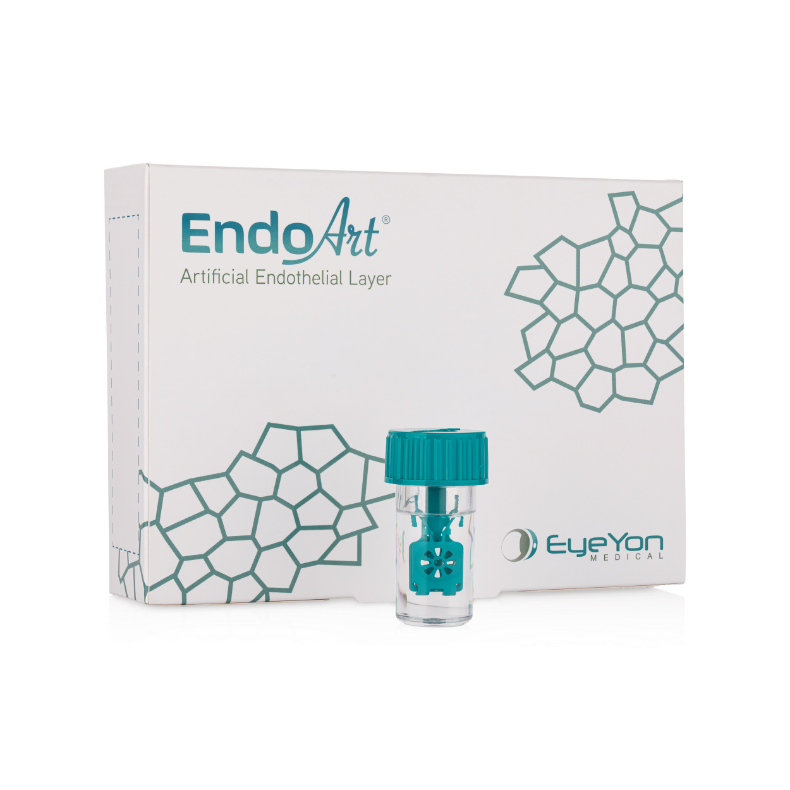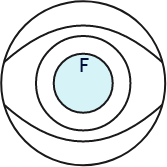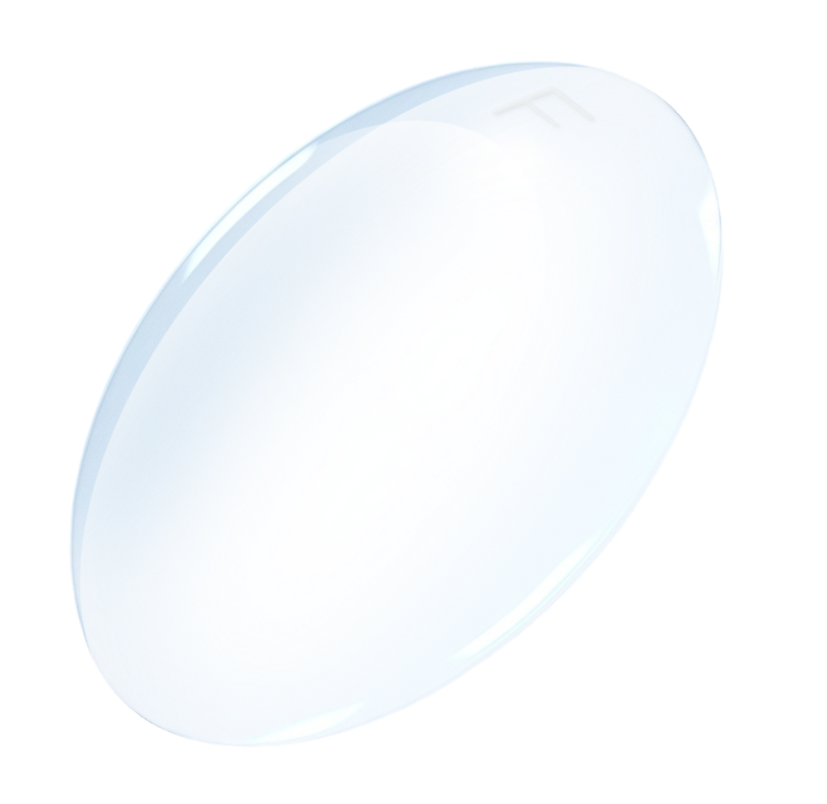pompa303 menyediakan situs permainan online dijamin menyediakan permainan yang seru pompa303
pompa303 dikenal dengan berbagai bonus dan promosi menarik yang ditawarkan kepada penggunanya pompa303
pompa303 tidak hanya fokus pada kualitas permainan, tetapi juga memberikan layanan pelanggan yang siap membantu kapan saja pompa303
pompa303 hadir dengan platform yang kompatibel di berbagai perangkat, baik desktop maupun mobile pompa303
pompa303 proses pendaftaran sangat mudah dan cepat. Cukup dengan mengisi data diri yang diperlukan dan segera dapatkan akunnya pompa303
pompa303 memanfaatkan teknologi terbaru untuk memastikan setiap permainan berjalan lancar dan tanpa gangguan pompa303
pompa303 tidak hanya mengutamakan kesenangan dalam bermain, tetapi juga berkomitmen untuk mendorong tanggung jawab dalam permainan pompa303
pompa303 pompa303 adalah pilihan ideal bagi siapa saja yang ingin mendapatkan pengalaman game online terbaik pompa303
pompa303 tidak hanya menawarkan permainan menyenangkan, tetapi juga peluang besar untuk memenangkan hadiah pompa303
pompa303 selalu berinovasi untuk memberikan pengalaman bermain yang semakin menyenangkan pompa303
pompa303 menyediakan panduan lengkap tentang cara bermain di situs ini pompa303
pompa303 memahami kebutuhan pemain untuk bertransaksi dengan cara yang lebih cepat dan mudah pompa303
pompa303 berkomitmen untuk memberikan pengalaman bermain yang lancar tanpa gangguan pompa303
pompa303 terus berusaha untuk menjadi solusi utama bagi para penggemar game online yang mengutamakan kenyamanan dan keamanan pompa303
pompa303 dikenal dengan program bonus yang sangat menguntungkan bagi para pemainnya pompa303
pompa303 memudahkan para pemain untuk menikmati permainan kapan saja dan di mana saja dengan aplikasi mobile resmi pompa303
pompa303 menggunakan sistem Random Number Generator (RNG) yang memastikan bahwa setiap hasil permainan adalah acak dan adil pompa303
pompa303 rutin mengadakan turnamen mingguan bagi para pemain sekaligus berkesempatan meraih hadiah besar pompa303
pompa303 juga memiliki program VIP untuk pemain setia pompa303
pompa303 tidak hanya berfokus pada permainan, tetapi juga pada kepuasan pemain pompa303
pompa303 ada banyak pilihan game yang bisa memikat para penggemar game untuk mencoba keberuntungan merekapompa303
pompa303 Dengan layanan pelanggan yang ramah dan profesional, pemain dapat dengan mudah mendapatkan bantuan kapan pun pompa303
pompa303 menyediakan Turnamen yang menghadirkan persaingan game yang menarik, dengan hadiah uang tunai dan bonus lainnya pompa303
pompa303 merupakan situs permainan online dengan persentase menang yang tinggi pompa303
sar288 adalah situs game online terpercaya yang mengutamakan keamanan dan kenyamanan pemain sar288
sar288 menawarkan koleksi permainan bola yang beragam dan menarik dari klasik hingga video dengan tema modern sar288
sar288 menyediakan layanan pelanggan 24/7 untuk memastikan semua pertanyaan atau masalah pemain dapat diselesaikan dengan cepat sar288
sar288 memudahkan pemain dalam melakukan transaksi dengan berbagai pilihan metode pembayaran, mulai dari transfer bank dan e-wallet sar288
sar288 memberikan berbagai bonus dan promo menarik untuk pemainnya. Mulai dari bonus selamat datang, cashback, hingga bonus harian sar288
sar288 hadir dengan platform yang ramah pengguna dan kompatibel di semua perangkat, baik desktop maupun mobile sar288
sar288 Proses pendaftaran sangat mudah dan cepat Anda bisa langsung mulai bermain dan menikmati semua permainan yang ditawarkan sar288
sar288 menggunakan teknologi terkini untuk memastikan permainan berjalan lancar tanpa gangguan Dengan server yang kuat dan stabil sar288
sar288 menyediakan berbagai permainan dengan hadiah progresif yang terus meningkat sar288
sar288 rutin mengadakan turnamen game online dengan hadiah menarik Para pemain bisa berkompetisi dalam turnamen ini sar288
sar288 mengutamakan privasi pemain dengan menggunakan enkripsi SSL untuk melindungi data pribadi dan transaksi sar288
sar288 menawarkan pengalaman bermain tanpa batas dengan koleksi permainan yang sangat lengkap sar288
sar288 mendukung berbagai metode pembayaran termasuk e-wallet populer seperti OVO, DANA, dan GoPay sar288
sar288 sangat ramah bagi pemain baru yang ingin mencoba keberuntungan di dunia game online sar288
sar288 menawarkan berbagai permainan game dengan fitur bonus yang menguntungkan sar288
sar288 memiliki aplikasi mobile yang memungkinkan pemain untuk bermain kapan saja dan di mana saja sar288
sar288 memastikan bahwa setiap permainan yang dimainkan adil dan aman Dengan lisensi resmi dan pengawasan ketat sar288
sar288 memberikan pengalaman bermain premium dengan koleksi permainan berkualitas tinggi sar288
sar288 menawarkan berbagai permainan dengan tema yang unik dan menarik dari petualangan hingga fantasi sar288
sar288 mendukung pemain dari seluruh dunia dengan menyediakan fitur multi Bahasa sar288
sar288 menawarkan fitur keamanan tambahan berupa autentikasi dua faktor (2FA) untuk melindungi akun pemain sar288
sar288 menyediakan fitur live chat yang memungkinkan pemain untuk berkomunikasi langsung dengan tim customer service sar288
sar288 menghadirkan permainan berkualitas tinggi dengan fitur canggih dan peluang menang yang besar sar288
sar288 memberikan pengalaman yang menyenangkan bagi para pemain sar288
sar288 adalah situs game online yang telah dikenal luas oleh pemain di Indonesia sar288
sar288 menyediakan berbagai jenis permainan angka termasuk 2D, 3D, 4D, hingga colok bebas dan colok naga sar288
sar288 menjaga keamanan data pribadi dan transaksi finansial pemain dengan menggunakan teknologi enkripsi canggih sar288
sar288 menawarkan layanan pelanggan yang responsif selama 24 jam sehari Pemain dapat menghubungi tim support melalui live chat sar288
sar288 memberikan berbagai bonus sambutan untuk pemain baru Dengan bonus pendaftaran yang menarik sar288
sar288 tidak hanya melayani pemain dari Indonesia, tetapi juga membuka kesempatan bagi pemain internasional untuk bergabung sar288
sar288 adalah situs yang menyediakan pasaran game dari SGP dan HK dua pasaran yang paling dicari oleh pemain game di Indonesia sar288
sar288 dirancang dengan antarmuka yang ramah pengguna membuat pemain dari berbagai kalangan baik pemula maupun berpengalaman sar288
sar288 menawarkan fitur prediksi angka yang dapat membantu pemain meningkatkan peluang menang sar288
sar288 tidak hanya menawarkan peluang menang tetapi juga pengalaman bermain yang menghibur sar288
sar288 memberi keuntungan lebih kepada pemain setia dengan program cashback sar288
sar288 menyediakan proses pendaftaran yang sangat mudah sar288
sar288 menawarkan permainan angka dengan odds yang lebih tinggi dibandingkan situs lainnya sar288
sar288 sangat menghargai pemain setianya Mereka memberikan berbagai promosi dan bonus khusus untuk pemain sar288
sar288 menggunakan teknologi enkripsi terkini untuk melindungi data pemain dari potensi ancaman sar288
sar288 secara rutin memperbarui pasaran angka yang tersedia Dengan pasaran yang selalu segar dan menarik sar288
sar288 selalu berusaha untuk menyediakan pengalaman bermain yang transparan sar288
sar288 menawarkan promo-promo menarik yang dapat diikuti oleh para pemain sar288
sar288 fokus pada kepuasan pelanggan dengan menyediakan layanan pelanggan yang cepat dan ramah sar288
sar288 dapat diakses dengan mudah dari berbagai perangkat, termasuk smartphone, tablet, dan desktop sar288
sar288 memungkinkan pemain untuk bermain kapan saja dan di mana saja tanpa Batasan sar288
sar288 memberikan berbagai promosi dan bonus khusus untuk pemain yang sering bermain dan terus mendukung situs ini sar288
sar288 memberikan pemain peluang menang yang lebih besar pada setiap taruhan yang dipasang sar288
















